Home>Home Maintenance>How To Pay For Unexpected Home Repairs
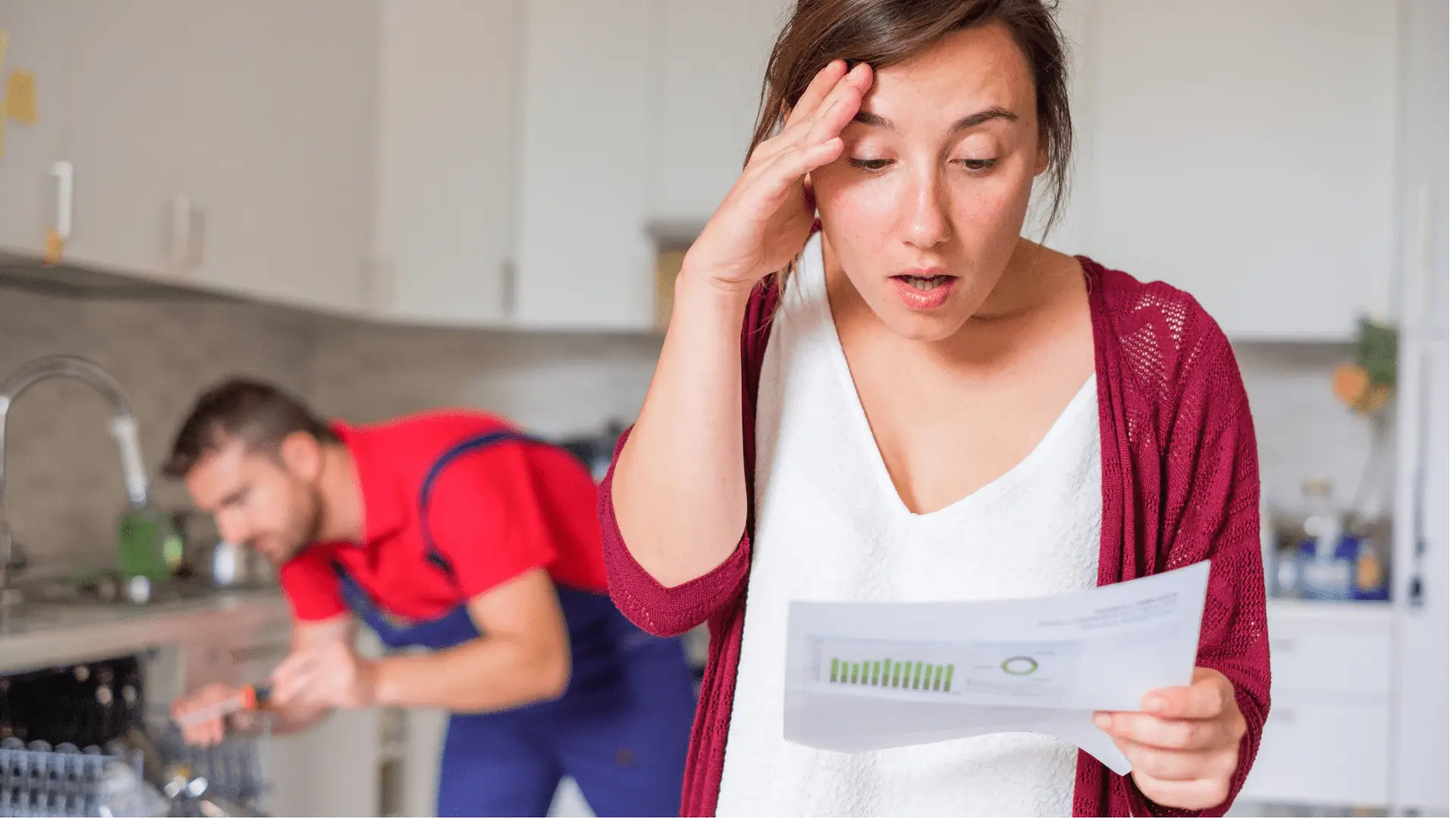

Home Maintenance
How To Pay For Unexpected Home Repairs
Modified: March 6, 2024
Discover how to pay for unexpected home repairs with our comprehensive guide. Learn budget-friendly ways to handle home maintenance expenses and avoid financial stress.
(Many of the links in this article redirect to a specific reviewed product. Your purchase of these products through affiliate links helps to generate commission for Storables.com, at no extra cost. Learn more)
Introduction
Owning a home can be a rewarding experience, but it also comes with its fair share of responsibilities. One of the inevitable challenges every homeowner will face at some point is unexpected home repairs. Whether it’s a leaky roof, a malfunctioning HVAC system, or a burst pipe, these unforeseen expenses can put a dent in your finances if you’re not prepared.
When faced with unexpected home repairs, it’s essential to have a plan in place to manage the associated costs effectively. In this article, we’ll explore various strategies for paying for unexpected home repairs, ranging from creating a budget and utilizing insurance coverage to exploring government assistance programs and payment plans with contractors.
By taking a proactive approach and considering these options, you can minimize the financial impact of unexpected repairs and ensure that your home remains a safe and comfortable place for you and your family.
Now, let’s dive deeper into the steps you can take when faced with unexpected home repairs.
Key Takeaways:
- Unexpected home repairs can be managed by evaluating damage, creating a budget, and exploring financing options like insurance coverage, emergency funds, and government assistance programs.
- Homeowners can also consider payment plans with contractors and crowdfunding to spread out repair costs and alleviate financial strain.
Read more: How To Pay For A Home Improvement Project
Evaluating the Damage
The first step in dealing with unexpected home repairs is evaluating the extent of the damage. This will give you a better idea of the potential costs and the urgency of the repairs.
Start by conducting a thorough assessment of the affected area. Look for any visible signs of damage, such as water stains, cracks, or leaks. It’s also a good idea to inspect the surrounding areas to check for any hidden damage that may have been caused.
If you’re unsure about the severity of the damage or need professional expertise, consider reaching out to a trusted contractor or a home inspector. They can provide a detailed evaluation and help you understand the scope of the repairs required.
Once you have a clear understanding of the damage, document it by taking photographs and detailed notes. This evidence will be valuable when dealing with insurance claims or seeking financial assistance.
Remember, the more accurately you assess the damage, the better equipped you’ll be to develop a budget and explore suitable financing options.
Creating a Budget
After evaluating the damage, the next step is to create a budget for the repairs. Having a clear understanding of your financial limitations will help you make informed decisions and avoid unnecessary expenses.
Start by estimating the total cost of the repairs. Get multiple quotes from contractors to ensure you have a realistic price range. Take into account not only the materials and labor costs but also any additional expenses such as permits or temporary accommodation if needed.
Once you have an estimated cost, review your finances to determine how you’ll fund the repairs. Consider your monthly income, savings, and any available emergency funds. If you don’t already have an emergency fund set aside for such situations, now is the time to start building one for future unexpected expenses.
Divide the total cost into manageable chunks and create a timeline for completing the repairs. This will help you prioritize the most urgent repairs and manage the expenses over a period of time, if necessary.
Remember to include a contingency in your budget to account for any unforeseen expenses that may arise during the repair process. It’s always better to overestimate costs and have extra funds available rather than getting caught off guard.
Creating a budget will not only give you a roadmap for managing the repairs, but it will also help you stay financially disciplined and avoid unnecessary debt.
Insurance Coverage
When facing unexpected home repairs, one of the first things you should consider is your insurance coverage. Depending on the type of damage and your insurance policy, you may be able to claim some or all of the repair costs.
Start by reviewing your homeowner’s insurance policy to understand what types of damages are covered. Common insurance coverage includes structural damage, water damage, fire damage, and natural disasters. If the damage falls within the covered categories, contact your insurance provider to file a claim.
When filing a claim, be prepared to provide evidence of the damage, such as photographs and detailed descriptions. The insurance company may send an adjuster to assess the damage and determine the coverage amount.
It’s important to note that insurance coverage may come with deductibles and limitations. Deductibles are the amount you must pay out of pocket before the insurance coverage kicks in. Review your policy to understand the deductible amount and how it will impact your out-of-pocket expenses.
In some cases, your insurance may cover only a portion of the repair costs. If this is the case, explore alternative financing options to bridge the gap and cover the remaining expenses.
Remember to keep copies of all communication and documentation related to the insurance claim, including receipts, repair estimates, and correspondence. This will help ensure a smooth claims process and facilitate any potential disputes.
Insurance coverage can significantly alleviate the financial burden of unexpected home repairs, so don’t overlook this crucial resource when dealing with repairs.
Emergency Fund
Having an emergency fund is essential for dealing with unexpected expenses, including home repairs. An emergency fund is a dedicated savings account specifically reserved for unforeseen circumstances.
When faced with unexpected home repairs, tapping into your emergency fund can provide the necessary funds without derailing your regular budget or resorting to high-interest loans.
If you don’t already have an emergency fund, now is the time to start building one. Set aside a portion of your monthly income specifically for emergencies. Aim to save at least three to six months’ worth of living expenses, although having more is always beneficial.
Make your emergency fund easily accessible by keeping it in a separate savings account or money market account. This ensures that the funds are readily available when needed.
If you already have an emergency fund, review the balance to determine if it’s sufficient to cover the cost of the repairs. Assess the impact of using these funds on your overall financial situation and consider replenishing the fund as soon as possible.
A well-funded emergency fund provides peace of mind and allows you to handle unexpected home repairs without resorting to debt or compromising your financial stability.
Read more: How To Pay For Home Improvement CT License
Home Repair Loans
If you don’t have enough savings or insurance coverage to cover the cost of unexpected home repairs, a home repair loan can be a viable financing option. These loans are specifically designed to fund home repairs and renovations.
There are several types of home repair loans available, each with its own terms and eligibility requirements. Here are a few options to consider:
- Home Equity Loan: If you have significant equity in your home, you may be able to borrow against it. A home equity loan provides a lump sum of money that you can use for repairs. Keep in mind that your home serves as collateral, and failure to repay the loan can result in the loss of your property.
- Home Equity Line of Credit (HELOC): Similar to a home equity loan, a HELOC allows you to borrow against the equity in your home. However, a HELOC functions more like a credit card, with a revolving line of credit that you can draw from as needed. Interest rates may vary, and you only pay interest on the amount borrowed.
- Personal Loan: If you don’t have significant equity in your home or prefer not to use it as collateral, a personal loan can be a suitable option. Personal loans are unsecured and typically have higher interest rates compared to home equity loans.
- Government-Backed Loans: Certain government programs provide loans specifically for home repairs and improvements. For example, the Federal Housing Administration (FHA) offers the 203(k) loan, which combines the cost of the home purchase and repairs into one loan. These loans often come with more lenient credit requirements.
Before applying for any loan, carefully consider the terms, interest rates, and repayment options. Shop around and compare offers from multiple lenders to ensure you get the best deal.
It’s important to note that taking out a loan adds to your debt and increases your monthly expenses. Evaluate your financial situation and ensure that you can comfortably repay the loan while still covering your other obligations. Avoid borrowing more than necessary to prevent unnecessary financial strain.
Home repair loans can provide the funding needed to complete necessary repairs, helping you maintain the value and functionality of your home.
Personal Loans
When faced with unexpected home repairs and lacking sufficient savings or insurance coverage, a personal loan can be a viable solution to fund the repairs. Personal loans are unsecured loans, meaning they do not require collateral like your home or car.
Here are some points to consider when exploring personal loan options for home repairs:
- Interest Rates: Personal loans typically have higher interest rates compared to secured loans like home equity loans. Shop around and compare rates from different lenders to get the most favorable terms.
- Loan Terms: The loan term refers to the length of time you have to repay the loan. Consider your financial situation and choose a loan term that offers monthly payments you can comfortably afford.
- Eligibility Criteria: Lenders will evaluate your credit score, income, and debt-to-income ratio when assessing your eligibility for a personal loan. Review the requirements of various lenders and focus on those that are more likely to approve your application.
- Loan Amount: Determine the total amount of funds you need to cover the repairs and apply for a loan that fits your needs. Avoid borrowing more than necessary to minimize your debt burden.
- Repayment Plan: Consider how you will repay the loan and create a repayment plan that aligns with your financial goals. Make sure you have a clear understanding of the loan terms, including any penalties or fees for early repayment.
Before applying for a personal loan, thoroughly assess your financial situation and ensure that you can comfortably manage the additional monthly payments. Remember, taking on debt should be a considered decision and requires responsible financial planning.
Explore different lenders and compare their offers to ensure you secure a loan with favorable terms. Online lenders and credit unions are worth considering, as they may offer competitive rates and flexible repayment options.
Personal loans can provide the necessary funds to address unexpected home repairs, enabling you to make the necessary improvements and maintain the value of your property.
Consider setting up an emergency fund specifically for home repairs. Aim to save at least 1% of your home’s value per year to cover unexpected expenses.
Credit Cards
Credit cards can be a convenient and accessible financing option for unexpected home repairs. If used responsibly, they can provide a short-term solution to cover immediate expenses. Here are some important considerations when using credit cards to fund home repairs:
- Interest Rates: Credit cards typically come with higher interest rates compared to other forms of financing. If possible, use a credit card with a low or 0% introductory APR to minimize interest charges.
- Credit Limit: Check your available credit limit before using a credit card for home repairs. Make sure you have sufficient credit to cover the necessary expenses.
- Repayment Plan: Create a repayment plan to pay off the credit card balance as quickly as possible. Making only minimum monthly payments can result in high-interest charges and long-term debt.
- Rewards and Benefits: Consider using a credit card that offers rewards or cash back on home improvement purchases. This way, you can earn some benefits or incentives while addressing the repairs.
- Balance Transfer: If you have a high-interest credit card balance, explore the option of transferring the balance to a new card with a lower interest rate or a promotional 0% APR. This can help you save on interest charges and repay the debt more efficiently.
It’s crucial to use credit cards responsibly and avoid maxing out your available credit. A high credit utilization ratio can negatively impact your credit score and make it more challenging to secure future financing.
Before utilizing a credit card for home repairs, explore other financing options and compare interest rates and terms. Only rely on credit cards if you are confident in your ability to repay the debt in a timely manner.
Credit cards can provide a quick and convenient solution for immediate home repair expenses. Just remember to carefully manage your credit card usage and prioritize paying off the balance as soon as possible.
Homeowners Insurance Claims
When unexpected home repairs arise, homeowners insurance can be a valuable resource to help cover the costs. Homeowners insurance typically provides coverage for damages caused by covered perils, such as fire, storms, theft, or vandalism.
If you believe your repairs are eligible for coverage, follow these steps to file a homeowners insurance claim:
- Review your policy: Familiarize yourself with the terms and coverage of your homeowners insurance policy. Understand which types of damages are covered and any deductibles or limitations that may apply.
- Document the damage: Collect evidence of the damage by taking photographs and making a detailed list. This documentation will help support your claim and ensure a smooth process.
- Contact your insurance company: Reach out to your insurance company as soon as possible to report the damage and initiate the claim process. They will guide you through the necessary steps and provide you with the appropriate forms to fill out.
- Provide necessary information: Fill out the claim form accurately and provide any requested documentation, including repair estimates, invoices, and receipts. Be prompt in providing any additional information or documentation requested by the insurance company.
- Cooperate with the claims adjuster: An insurance adjuster will likely be assigned to assess the damage and determine the covered amount. Cooperate with them and provide access to your property for the inspection.
- Review the settlement offer: Once your claim is processed, the insurance company will provide you with a settlement offer. Review it carefully and ensure it covers the necessary repairs. If you have any concerns or disagreements, discuss them with the insurance company.
- Proceed with repairs: If you agree with the settlement offer, you can proceed with the repairs. Keep records of all expenses related to the repairs, as the insurance company may require proof of payments.
Remember to communicate openly and promptly with your insurance company throughout the claims process. Keeping organized records and documenting all interactions will help ensure a smoother and more favorable outcome.
Homeowners insurance claims can provide the financial support needed to address unexpected home repairs, making it an important avenue to explore when facing unforeseen damages.
Government Assistance Programs
When facing unexpected home repairs and lacking the necessary funds, government assistance programs can be a valuable resource to explore. These programs are designed to provide financial aid and support to homeowners in need. Here are some key government assistance programs to consider:
- Community Development Block Grants (CDBG): CDBG funds are provided by the U.S. Department of Housing and Urban Development (HUD) and offer financial assistance for various community development activities. Some CDBG programs include home repair grants or loans specifically aimed at low-income homeowners.
- USDA Rural Development Programs: The U.S. Department of Agriculture (USDA) offers grant and loan programs for rural homeowners in need of home repairs. These programs have income requirements and are specifically tailored to assist those living in rural areas.
- Weatherization Assistance Program (WAP): WAP is designed to help low-income families reduce their energy bills by making their homes more energy-efficient. This program provides grants to cover the cost of weatherization repairs, such as insulation, sealing, and furnace repairs or replacements.
- Single Family Housing Repair Loans and Grants: Offered by the USDA, these programs provide loans and grants to low-income homeowners for essential home repairs, such as fixing structural issues, improving accessibility, or addressing health and safety concerns.
- State or Local Home Repair Programs: Many states and local municipalities offer their own home repair programs and grants. These programs have varying eligibility criteria and may be income-based or targeted toward specific areas or communities.
It’s important to research and understand the specific requirements and limitations of each program. Check with your local housing authority, HUD office, or visit government websites to find out more about the available programs in your area.
When applying for government assistance programs, be prepared to provide documentation of your income, homeownership, and the needed repairs. The application process may take time, so it’s important to start early and follow the instructions carefully.
Government assistance programs can provide much-needed relief and financial support for unexpected home repairs, making them an excellent option for those who meet the eligibility criteria.
Crowdfunding
Crowdfunding has emerged as a popular and effective way to raise funds for various causes, including unexpected home repairs. This method involves reaching out to your social network, friends, family, and even strangers online to ask for financial contributions towards your repair expenses.
Here are a few steps to consider when utilizing crowdfunding for your home repair needs:
- Choose a Crowdfunding Platform: There are several crowdfunding platforms available, such as GoFundMe, Kickstarter, or Indiegogo, which allow you to create a campaign and share your story. Research and select the platform that aligns with your needs and goals.
- Create a Compelling Campaign: Craft a compelling and transparent campaign that clearly explains your situation, the repairs needed, and why you need financial support. Use engaging visuals, personal anecdotes, and video messages to connect with potential donors emotionally.
- Set a Realistic Goal: Determine the amount of money you need to cover the repairs and set a realistic fundraising goal. Break down the expenses in your campaign to provide transparency and help potential donors understand where their money will be going.
- Spread the Word: Share your crowdfunding campaign through social media, email, and other communication channels. Encourage your friends, family, and supporters to share the campaign with their networks as well.
- Update and Engage: Keep your supporters updated on the progress of your repairs and express gratitude for their contributions. Regularly engage with donors through campaign updates, personalized messages, and thank-you notes.
- Follow Legal and Ethical Guidelines: Be sure to adhere to the terms and conditions of the crowdfunding platform you choose, and follow any applicable legal and ethical guidelines when it comes to using the funds raised.
It’s important to note that success in crowdfunding depends on effectively communicating your story and actively engaging with your network. Remember to respect the boundaries of your relationships and approach crowdfunding with humility and gratitude.
Crowdfunding can be a powerful tool for fundraising and can help alleviate some of the financial burden associated with unexpected home repairs. However, it’s important to explore other funding options as well and have a backup plan in case your crowdfunding efforts fall short of the desired goal.
Payment Plans with Contractors
When facing unexpected home repairs and lacking immediate funds, discussing payment plans with contractors can provide a viable solution. Many contractors understand that homeowners may not have all the funds upfront and are open to creating a payment arrangement that works for both parties.
Here are some steps to consider when negotiating a payment plan with contractors:
- Research and Gather Estimates: Seek multiple estimates from different contractors to get an accurate idea of the repair costs. Compare their pricing, experience, and reputation to make an informed decision.
- Discuss Payment Options: Once you’ve chosen a contractor, express your financial situation and inquire about their flexibility in payment terms. Some contractors may offer their own payment plans, installment options, or financing through third-party providers.
- Outline a Payment Schedule: Collaborate with the contractor to determine a payment schedule that works for both parties. This may involve making an initial deposit, followed by scheduled payments upon completion of specific milestones or on a predetermined timeline.
- Put the Agreement in Writing: It’s crucial to have a written agreement that outlines the payment plan, including the agreed-upon schedule, payment amounts, and any applicable interest or fees. This protects both parties and ensures clarity and accountability.
- Communicate and Honor the Agreement: Stay in regular communication with the contractor and provide payments according to the agreed-upon schedule. If you encounter any unexpected financial difficulties, be proactive in discussing alternative arrangements.
- Be Mindful of Terms and Conditions: Pay attention to any interest or fees associated with the payment plan and read the fine print carefully. Understand the consequences of missed or late payments to avoid any potential issues or penalties.
Negotiating a payment plan with contractors allows you to spread out the cost of repairs over time, making it more manageable and less of a strain on your finances.
It’s essential to choose reputable and trustworthy contractors who are willing to work with you on a payment plan. Ensure that you have a clear understanding of the terms and conditions, and maintain open communication throughout the repair process.
Payment plans with contractors can provide the flexibility you need to complete necessary home repairs while balancing your financial obligations.
Conclusion
When faced with unexpected home repairs, it’s crucial to have a plan to manage the associated costs effectively. By taking a proactive approach and exploring various financing options, you can minimize the financial impact while ensuring the safety and functionality of your home.
Start by evaluating the damage and creating a budget to estimate the costs involved. Review your insurance coverage and consider filing a claim if the repairs fall within the policy’s coverage. Additionally, building and maintaining an emergency fund can provide a financial buffer for unforeseen expenses.
If savings and insurance coverage are insufficient, explore financing options such as home repair loans or personal loans. Keep in mind the interest rates and repayment terms, and borrow responsibly based on your financial capabilities.
Government assistance programs can be a valuable resource, offering grants and loans specifically for home repairs. Research the available programs in your area and determine if you meet the eligibility criteria.
Crowdfunding can be an effective way to raise funds by leveraging your social network and online communities. Craft a compelling campaign, share your story, and engage with your supporters to maximize your chances of success.
Lastly, discuss payment plans with contractors to spread out the cost of repairs over time. Ensure you have a written agreement and honor the payment schedule.
In conclusion, unexpected home repairs can be financially challenging, but with careful planning and consideration, you can find suitable solutions to cover the costs. Remember to prioritize your financial well-being, borrow responsibly, and explore all available options to protect and maintain the value of your home.
Frequently Asked Questions about How To Pay For Unexpected Home Repairs
Was this page helpful?
At Storables.com, we guarantee accurate and reliable information. Our content, validated by Expert Board Contributors, is crafted following stringent Editorial Policies. We're committed to providing you with well-researched, expert-backed insights for all your informational needs.
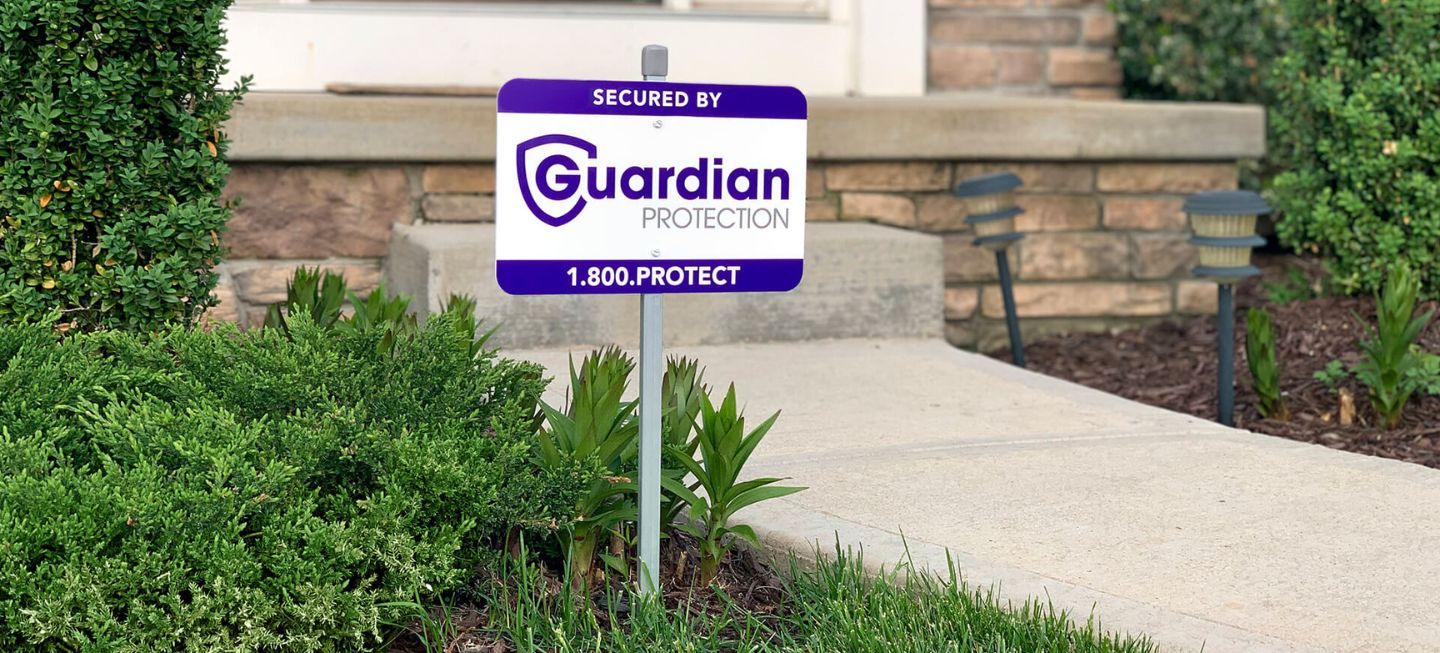

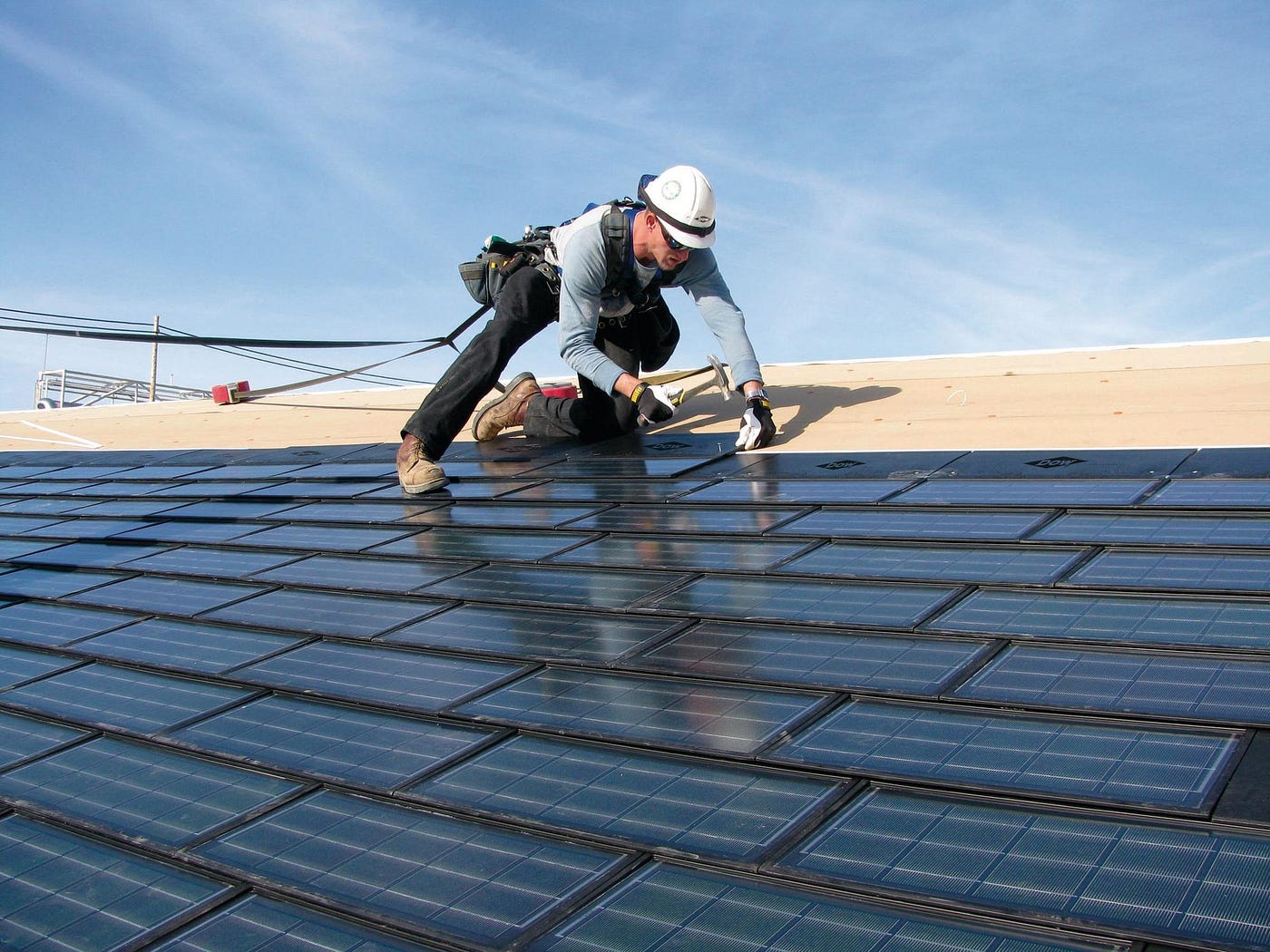


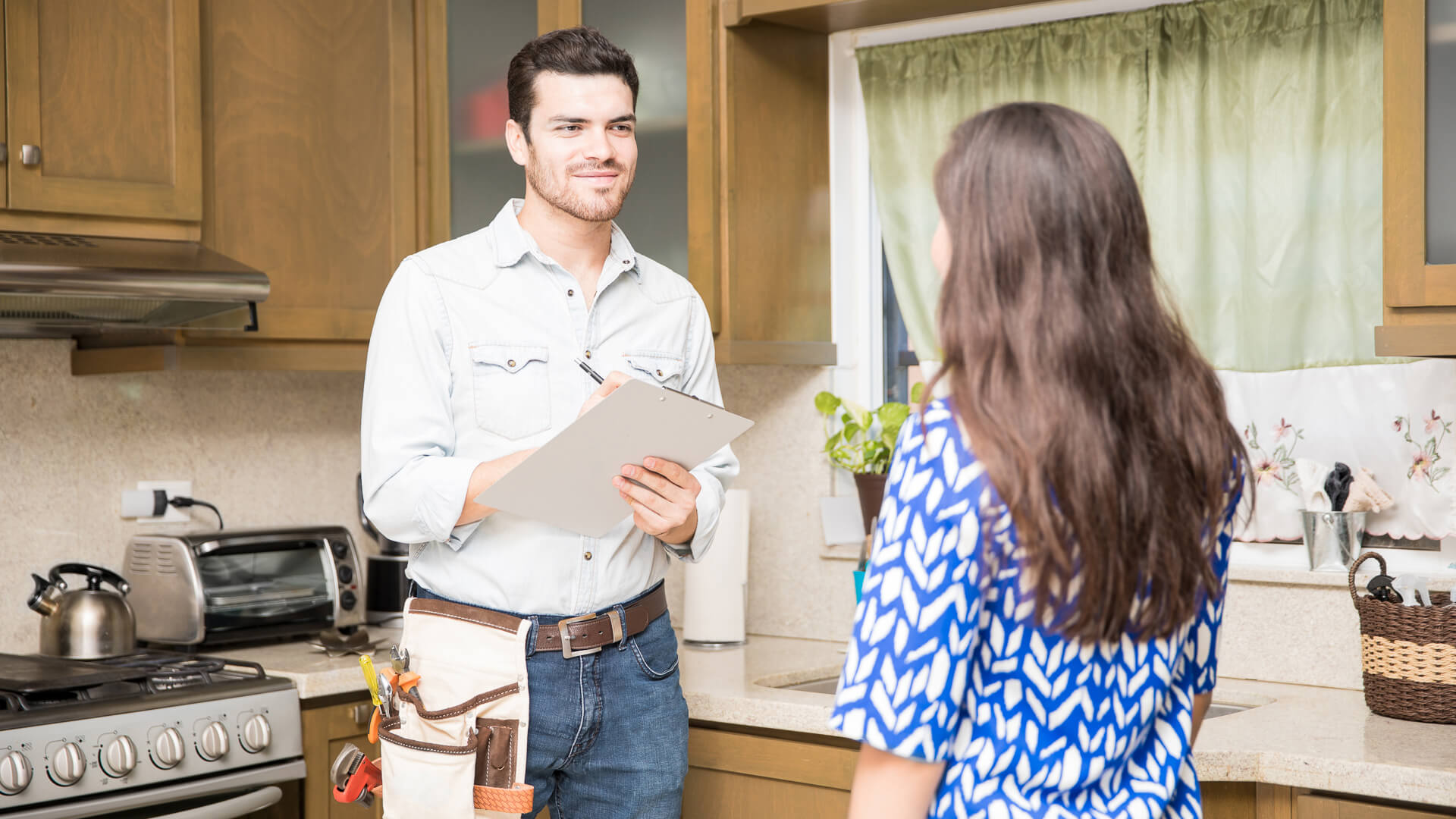
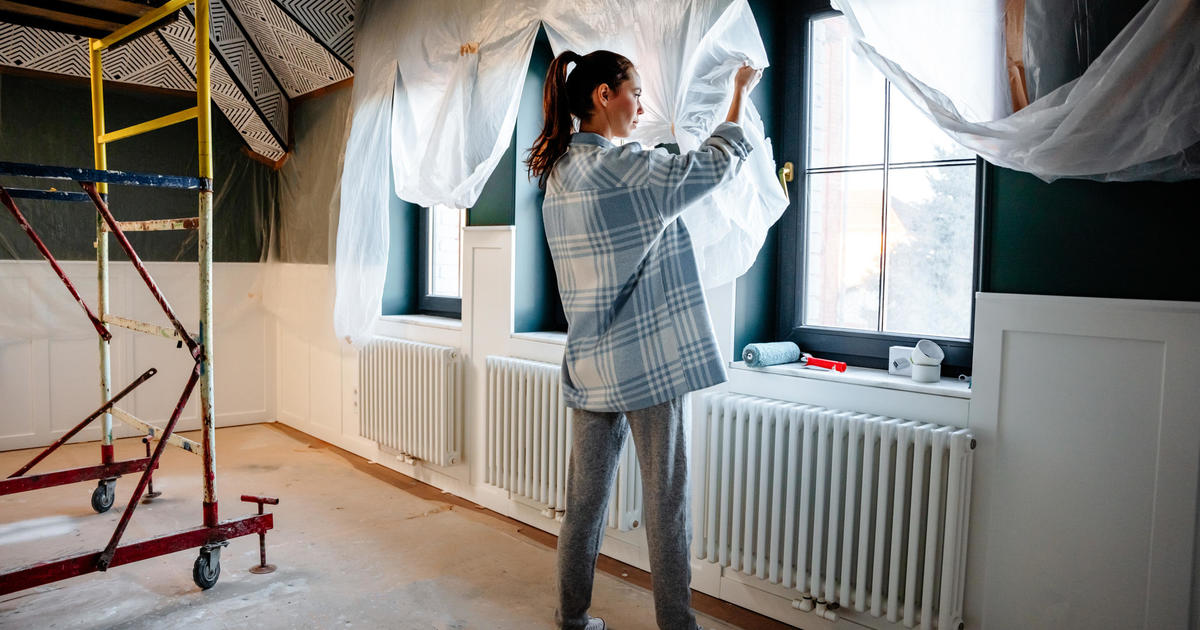
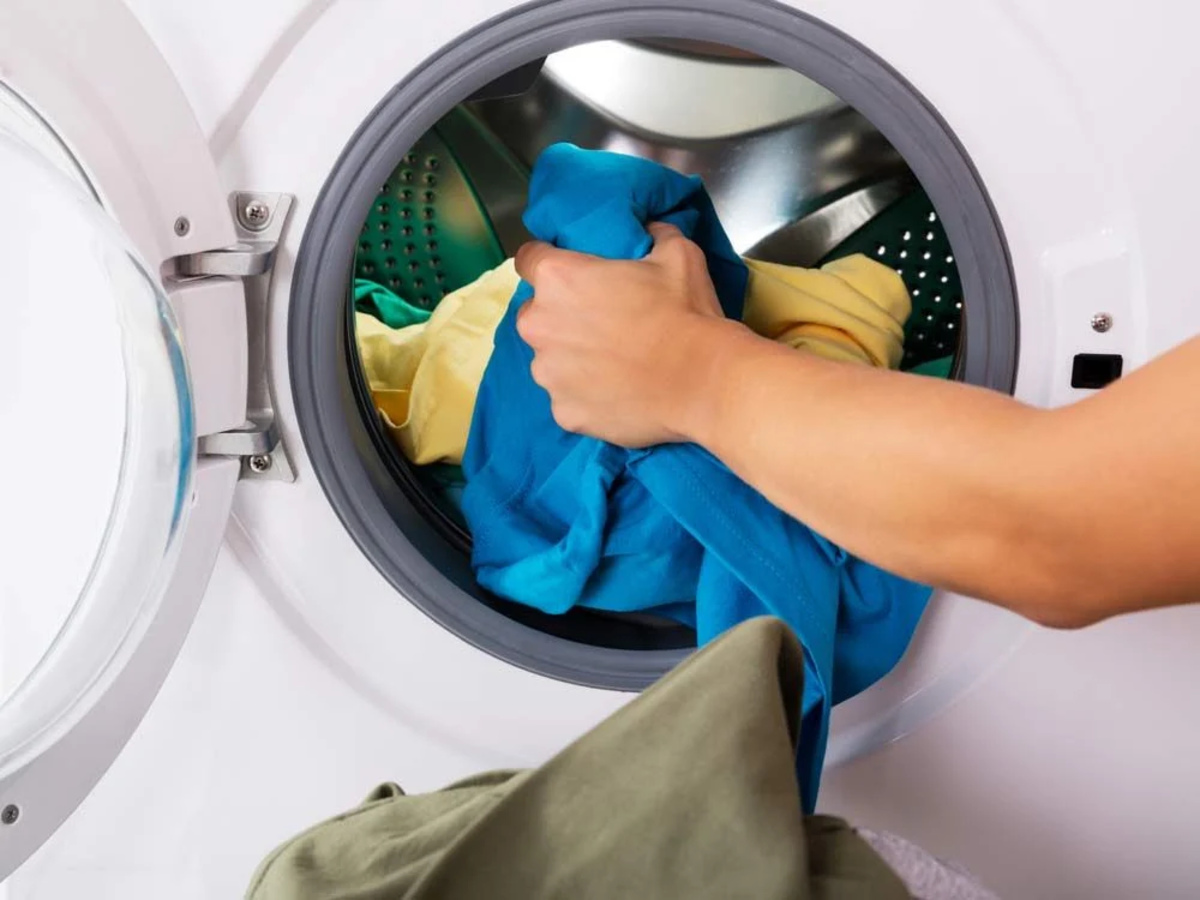

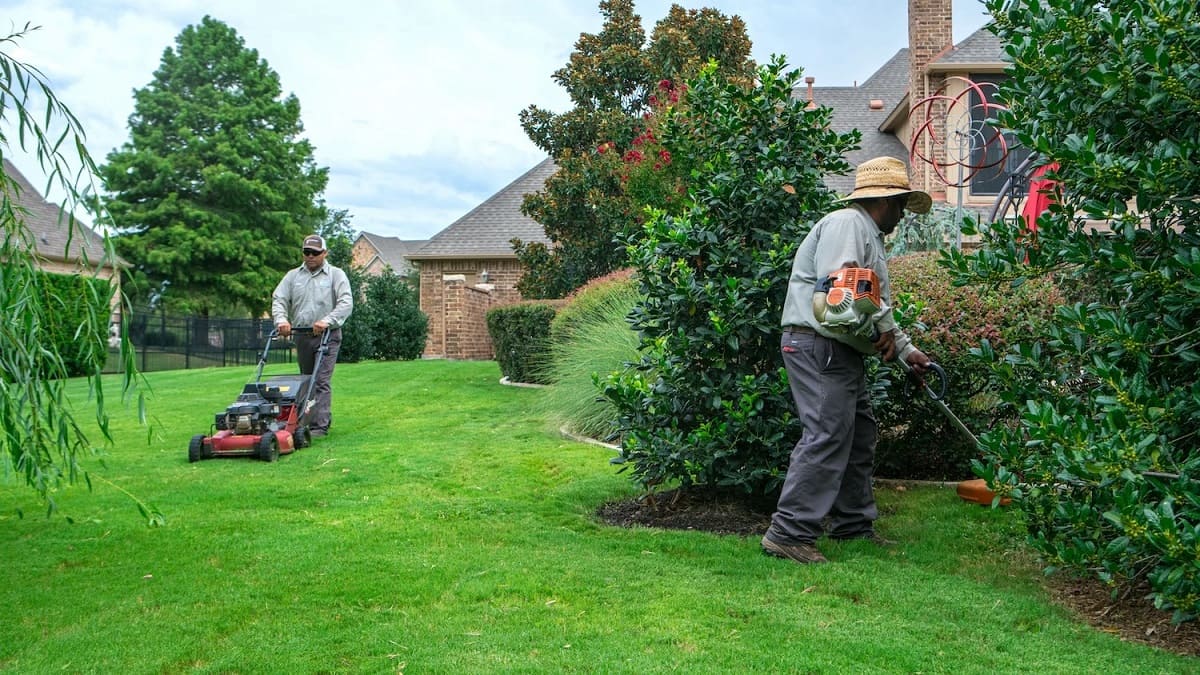


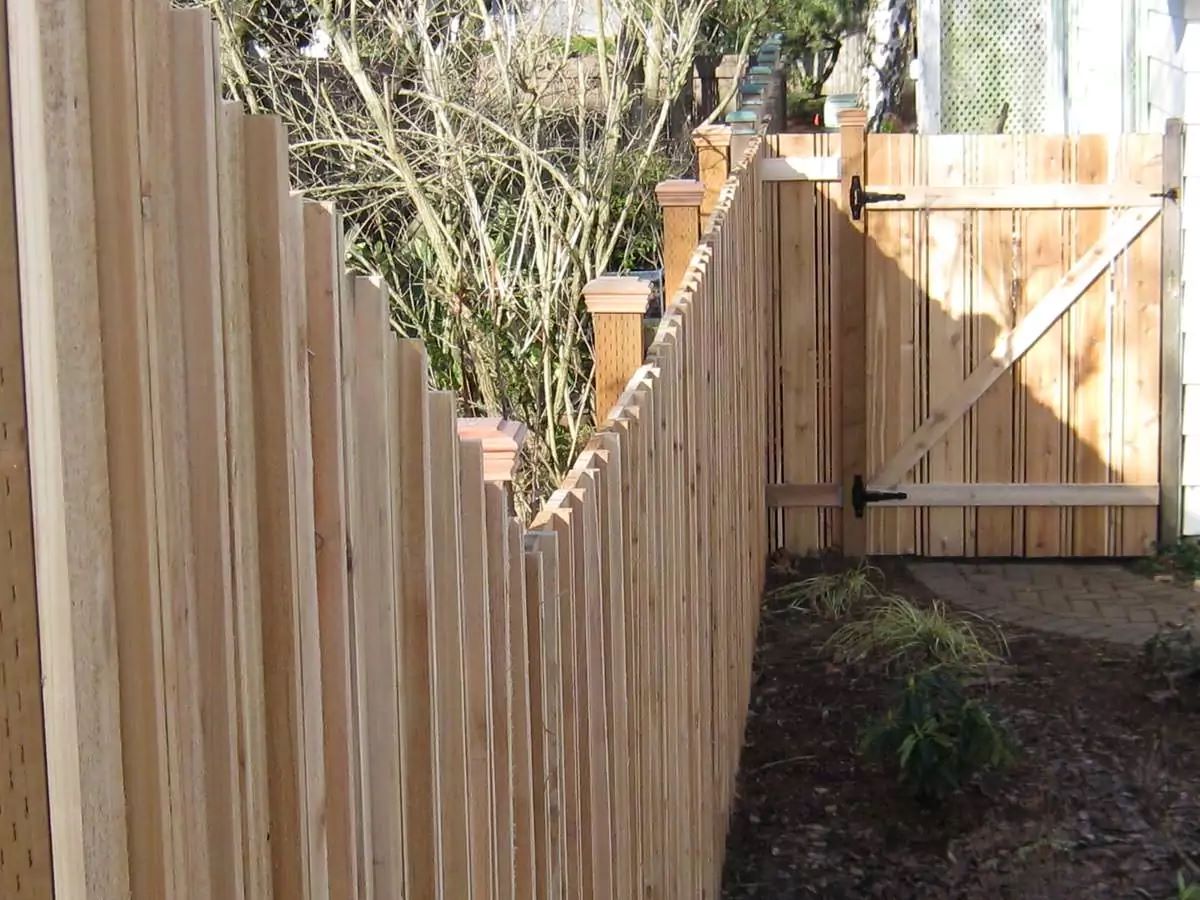

0 thoughts on “How To Pay For Unexpected Home Repairs”